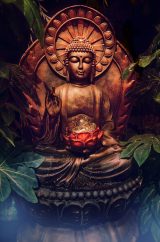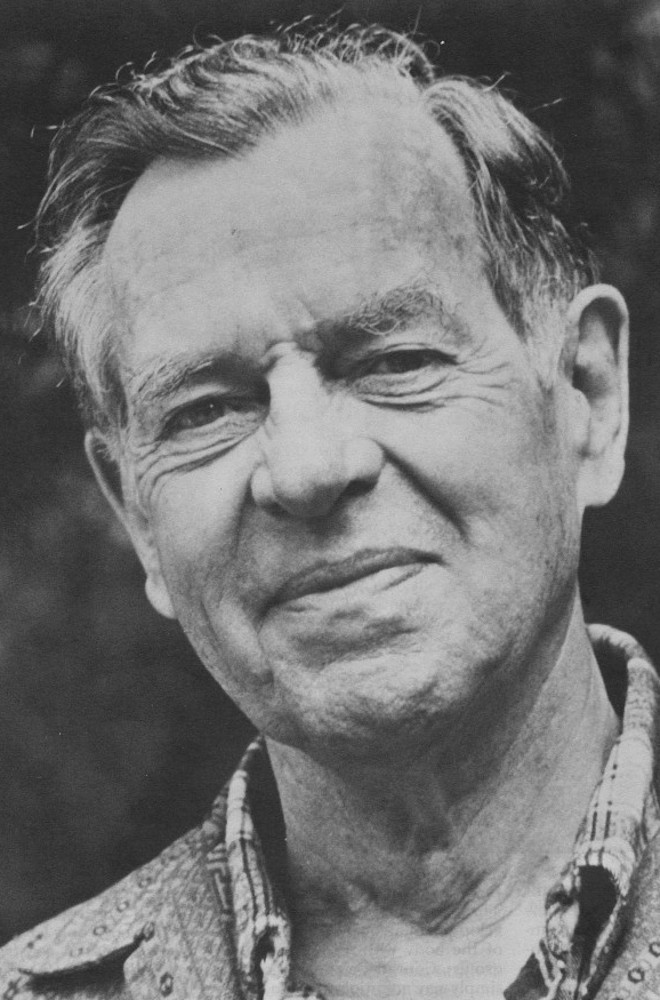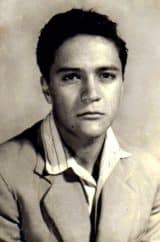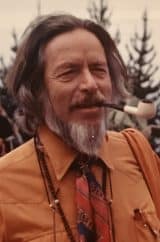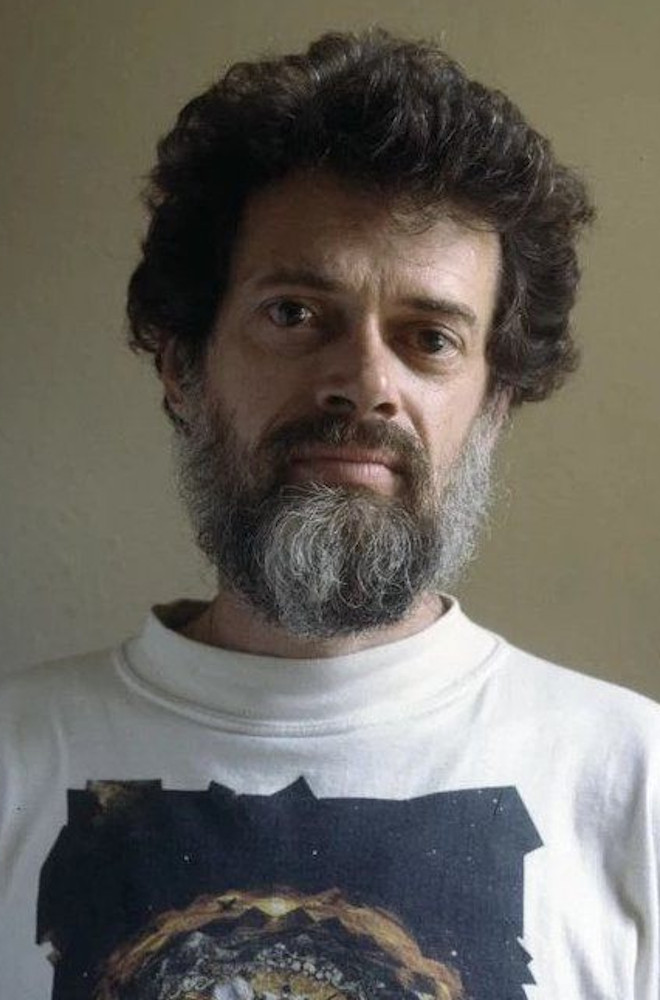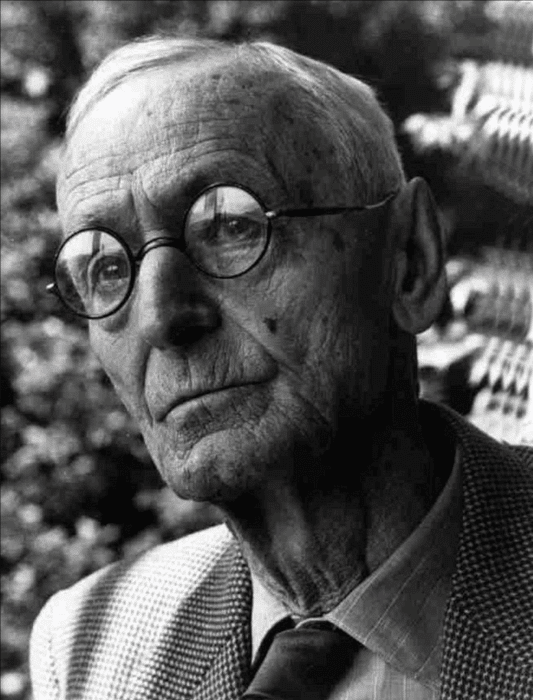 Should Be Required Reading in High School
Should Be Required Reading in High School
Hermann Hesse has been one of my favorite authors ever since, as a teenager, a friend lent me Demian. It wasn’t long before I’d gotten my hands on Steppenwolf and Beneath the Wheel, eventually moving on to his more challenging books like Journey to the East as an adult.
Hesse is one of the few authors of any era who can examine topics like ethics and spirituality without sounding either preachy or bewildered. He doesn’t offer many trite answers, but he does manage to pose questions most people never manage to think about.
Philosophy Covered in Chocolate
Despite the enormous depths the best books by Hermann Hesse probe, they’re quite readable despite having been translated. Most of them are fun, as long as we don’t forget that they were written about a century ago. People didn’t have smartphones back then and actually read 300-page books for entertainment.
You can’t really finish a book by Hesse without getting tricked into thinking, though. The best novels by Hermann Hesse probably won’t change your life, but they may well encourage you to see things in a new light. Here are my most-loved Hermann Hesse books in my subjective order:
Best Hermann Hesse Books
| Photo | Title | Rating | Length | Buy |
|---|---|---|---|---|
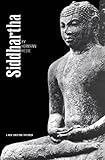
|
Siddhartha | 9.92/10 | 140 Pages | Check Price On Amazon |

|
Steppenwolf | 9.84/10 | 224 Pages | Check Price On Amazon |

|
Demian | 9.76/10 | 224 Pages | Check Price On Amazon |

|
Narcissus and Goldmund | 9.68/10 | 322 Pages | Check Price On Amazon |

|
The Glass Bead Game | 9.58/10 | 576 Pages | Check Price On Amazon |
Siddhartha

 A Semi-Religious Parable
A Semi-Religious Parable
Loosely based on the Buddhist and Hindu teachings Hesse studied extensively while writing it, Siddhartha tells the story of a young man who leaves behind his privileged position in ancient Indian society for a life of ascetic contemplation. After a while, though, he finds himself just as dissatisfied with this path as he was with the formulaic religion of his youth.
Instead of continuing to disdain physical pleasure, he travels to a city and becomes a wealthy merchant. Siddhartha then discovers that the luxurious life he’s built for himself is incompatible with true fulfillment, and continues his spiritual journey.
To Each His Own
This novel’s message is very much in line with Hesse’s own religious views, namely that “there are different ways to God”. The metaphysical, to him, is certainly genuine but not a one-size-fits-all kind of deal.
Siddhartha’s major theme is that spirituality is not entirely intellectual, nor rooted in selfless discipline, nor found in mindless adherence to any ideal or creed. The road to meaning is a hard, individual and sometimes solitary one, yet it’s still worth traveling. It can’t always be expressed in words, either, even by someone as articulate as Hesse. Something as simple as watching a river flow by can be a spiritual act.
Steppenwolf

 Lonely in a Crowd
Lonely in a Crowd
Our protagonist, Harry Haller, is anything but a social butterfly. Disgusted by the hypocrisy and vapid lifestyles of those who surround him, yet unable to conceive of some superior way of living, he’s on the verge of a psychological crisis.
At this point, the book takes a sharp left turn into magical realism. Has Harry simply gone nuts? Is his discovery of his dual nature – one part spiritual and intellectual, the other the “wolf from the steppes” mentioned in the title – the beginning of a total breakdown? After all, the Magic Theater that he suddenly longs to visit is advertised as being “For Madmen Only!”
A Misunderstood Anachronism
Quite possibly the best Hermann Hesse book to start with, Steppenwolf is a product of 1920s Germany. In that time and place, neither the course of the future nor the moral principles of the past seemed at all certain. Much the same applied to the United States and Britain in the 60s, when this novel as well as Hesse in general became enormously popular in the English-speaking world.
The author had passed away by then, but had made it clear that he thought most readers completely missed the point of Steppenwolf. This is not a novel about doubt, angst, and suffering: instead, it is about the value of introspection and personal development. The descriptions of isolation and a certain kind of homesickness will resonate with many readers, but don’t focus on these dark clouds at the expense of their silver linings.
Demian

 A Teenage Awakening
A Teenage Awakening
Emil Sinclair (the pseudonym this novel was originally published under) is a typically confused adolescent boy. Fortunately, he makes friends with Max Demian, a classmate who seems oddly wise beyond his years. Demian is not, however, conventionally spiritual or manifestly “good”, and challenges Emil’s preconceptions about virtue and sin, good and bad, light and dark.
Though most fairly bright teenagers will enjoy this book, and issues like sex and beer do make an appearance, Demian is far more than a run-of-the-mill story about coming of age. It’s actually all about self-realization, and anyone who chooses to delve into its psychological and spiritual underpinnings will find plenty of material.
Inspiring Though Not Always Cheerful
You can’t read many Hermann Hesse book reviews without stumbling across the word bildungsroman, or “novel of formation”. This was one of Hesse’s favorite genres and what he remains best known for.
Essentially, a bildungsroman tracks a young person’s moral and intellectual development over a number of years. As a literary device, this allows the author to examine a philosophy from several different angles, including its practical aspects. In the case of Demian, we run into a theme common in Hesse’s work, namely that self-aware, intellectually independent people possess a kind of strength and dignity everyone should aspire to.
Narcissus and Goldmund

 An Allegory for the Soul
An Allegory for the Soul
Another motif you’ll see in many of Hermann Hesse’s best books is the duality of man: what his near-contemporary Nietzsche called the Apollonian and Dionysian impulses. Carl Jung, who Hesse became personal friends with, later used this dichotomy as part of the basis for his brand of psychoanalysis.
In this novel, the thoughtful, pious Narcissus stands in contrast to his impulsive, freewheeling friend Goldmund. Goldmund is not simply an irresponsible hedonist, though, but rather seeks to embrace the best parts of both halves of his psyche.
The Life of the Mind Versus the Life of the Flesh
Set in Medieval Europe and published in 1930, I can’t help but think of this novel as a little dated. It’s over 300 pages long and, at least in the translation I read (not the edition you’ll see if you click on the title above, thankfully), really drags at times.
Despite this shortcoming, it remains one of the best-selling Hermann Hesse books. A lot of this has to do with how both main characters are portrayed fairly: the reader ends up admiring both of them for their respective good qualities. Read Steppenwolf first: if you enjoy that either as a timeless psychological fable or just a story, the time you subsequently spend on Narcissus and Goldmund will not be wasted.
The Glass Bead Game (Magister Ludi)

 Discontent in the Ivory Tower
Discontent in the Ivory Tower
This book is set in the far future, in a kind of monastery called Castilia that’s entirely devoted to intellectual pursuits. The highest expression of these is the titular game, which (though never described in detail) combines the love of truth and beauty. Those who master it are granted the title of Magister Ludi.
Castilia’s culture is stagnant, though: despite its endless, brilliant study of art and science, no creative work or basic research is ever undertaken. The most Castilia ever contributes to those outside its borders is to train a few teachers. This sterility and Castilia’s isolation from the world at large eventually beginsto grate on our protagonist, leading to the story’s crisis.
Hesse’s Magnum Opus
One major problem in drawing up a list of the best-rated Hermann Hesse books is deciding who should be doing the ranking. Literature professors love The Glass Bead Game, but it isn’t a book you’ll take on a holiday to the beach.
This was the author’s last major work. Nobody who’s literate, awake, and sober will deny that it’s an absolute classic. On the other hand, it’s also immensely complex in some ways. Literary critics, for example, like to use it to play a game called “spot the parody of the German philosopher”, and everybody simply isn’t into that kind of thing. What The Glass Bead Game is not, fortunately, is just a case of Hesse showing off how clever he is. You’re free to enjoy it without getting pretentious.
Beneath the Wheel (The Prodigy)

 A Slice of Life in the Seminary
A Slice of Life in the Seminary
Many of the best Hermann Hesse books are memorable precisely because they were informed by his own experiences: his spiritual endeavors, life in rural Germany and Switzerland, and his opposition to nationalism in general and the Nazi Party in particular. Along with Peter Camenzind, Beneath the Wheel is however his most autobiographical novel.
Hesse’s independent, self-willed temperament lead to a somewhat turbulent academic career. Much of this is fictionalized in the experiences of Hans Giebenrath, who struggles to fit into the seminary he’s sent to regardless of his own wishes. Later, after leaving the seminary, he also finds it hard to get back into the stream of everyday life.
The Expectations of Others
The premise of this book isn’t difficult to spot: compelling young people to focus on academic achievement to the exclusion of personal growth does them no favors. Forcing kids onto a path rather than letting them discover their own often means sacrificing their happiness in pursuit of a kind of success they may not even want.
Many of the top Hermann Hesse books, like Steppenwolf and Demian, aren’t exactly cheerful. Beneath the Wheel is downright gloomy by comparison, though it does contain some charming moments. This novel’s message should be taken to heart by everyone who has or educates children.
The Journey to the East

 Lost in the Mists of Metaphor
Lost in the Mists of Metaphor
Though this is one of the shortest of all the best Hermann Hesse novels at 120 pages or so, I personally found it one of the hardest to digest. Given the metaphysical theme hinted at in the title, a strictly realistic style probably wouldn’t have worked. Reading The Journey to the East as if it were a simple narrative of events won’t either.
The journey in question is a shared pilgrimage towards some great realization. The travelers face multiple obstacles, not in the form of traffic jams and airport closures, but rather their own, all-too-human pettiness and lack of perspective. The narrator admits that his recollection of what happened is not entirely reliable and certainly subjective; for most of the book, he himself is trying to come to terms with the failure of their voyage.
A Triumph of Imagination
I mentioned that Journey to the East is one of the more challenging entries on the Hermann Hesse book list. This doesn’t mean that it’s not a great book, though. Just approach it as if it were poetry, which in many ways it is, not a newspaper story.
It’s also written for a particular kind of reader, not a mass audience. As long as you can keep an open mind and, like Hesse, regard spirituality as a personal yet universal experience, you should enjoy this one.
Peter Camenzind

 A Journey of Self-Discovery
A Journey of Self-Discovery
This lyrical (and, occasionally, excessively flowery) novel follows the adventures of Peter, who leaves his rural Swiss home to travel Europe. As this book was written and is set during the height of the wandervogel movement, the idea of a young man setting out by himself to explore nature and his own soul was perfectly natural at the time.
The descriptions of Alpine valleys and other scenery are nearly as good as taking a holiday yourself. These are juxtaposed with musings on the deficiencies of modern life and interspersed with plenty of introspection on Peter’s part.
Start as You Mean to Go On
There is a tendency – unfair but understandable – to characterize writers by the nature and quality of their first novel. In Hermann Hesse’s case, he seems to have emerged almost fully fledged.
Though Peter Camenzind isn’t as polished as his later books, it contains many of the themes with which he was to occupy himself going forward: suffering as a means to growth, spiritual development as a personal journey, and the importance of kindness and mentors found along the way. The very sympathetic and relatable character will also be familiar to anyone who’s read Steppenwolf or another of the most popular Hermann Hesse books.
Gertrude

 Polar Opposites and a Love Triangle
Polar Opposites and a Love Triangle
Romance doesn’t feature heavily in most of Hesse’s work – it’s not totally absent, but it never takes center stage. As far as his novels are concerned, Gertrude is the exception here.
True to bildungsroman form, this novel starts out with a long explanation of how the narrator, Kuhn, came to be a respected composer and indeed the man that he is. It’s only then that Gertrude enters the picture, introduced by her future husband and Kuhn’s good friend Heinrich. Their marriage is hopelessly unhappy, which Kuhn observes while still pining for Gertrude.
Harmony and Dissonance
By his own admission, Gertrude is far from Hermann Hesse’s best book. At times, the various dualities explored in this novel – a person’s inner and outward life, Dionysus and Apollo, despair and joy – are a little too much, too on the nose.
It remains an excellent book, though. The language flows beautifully, even minor characters are expertly rounded out, and the use of music as a metaphor will appeal to anyone who’s progressed beyond “Three Blind Mice” on the recorder.
Knulp (Three Tales from the Life of Knulp)

 The Noble Tramp
The Noble Tramp
Like Peter Camenzind and Goldmund, Knulp is a born wanderer. He’s more of a bum than an artist, though he’s immensely charismatic and well-liked by everyone who meets him, including the reader.
As he travels the countryside, living on the charity of others, we quickly realize that Knulp is the archetype of a generous, free spirit. Despite his lack of worldly achievement, he serves as an example of a kind of detached, open-hearted liberty most others can only dream of, bringing joy into the lives of those he touches.
An Overlooked Gem
Among so many great books by Hermann Hesse, Knulp is often ranked near the bottom. This is a little unfair considering how it manages to combine simplicity with depth, and its influence on other writers such as Jack Kerouac.
Certainly, Knulp is no The Glass Bead Game, but nor does it need to be. Of all the novels by Hermann Hesse, this is probably the one you’re most likely to re-read multiple times. Not only is it short (about 100 pages), it’s always inspiring, heartwarming, and perfect for those long November nights.
Final Thoughts
Ask any of his fans which is the single best Hermann Hesse novel, and their eyes will glaze over as they try to choose just one. Just like the quest for self-actualization he describes, the enjoyment of his work is an individual thing.
Reading his novels can serve as an introduction to both Western philosophy and Eastern mysticism, though you don’t need to understand either to appreciate his books. At the end of the day, Hesse is also a great storyteller, who many of his readers come to think of as a kind of unmet friend.
Michael Englert
Michael is a graduate of cultural studies and history. He enjoys a good bottle of wine and (surprise, surprise) reading. As a small-town librarian, he is currently relishing the silence and peaceful atmosphere that is prevailing.
